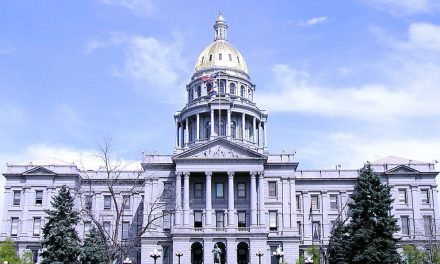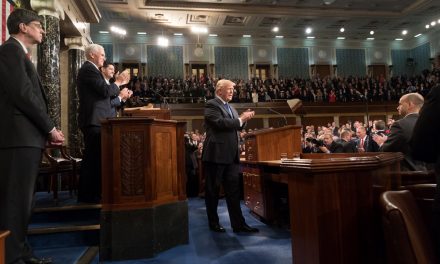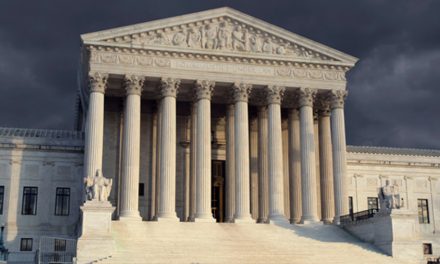Congressional leaders on Sunday night reached a deal on a new coronavirus relief package which has been in the works since before the 2020 General Election. The deal includes two parts: a new economic stimulus bill totaling $900 billion and a $1.4 trillion omnibus spending bill to continue funding the federal government through next September.
As reported by Politico, it is expected that the bills will be passed before midnight on Monday, when funding for the government is set to expire.
The $900 billion package includes money for various industries hard hit by the pandemic.
Direct payments to families will also be a feature of the new relief bill. It will provide $166 billion in direct payments for families that equals out to $600 for individuals making up to $75,000 per year and $1,200 for couples who make under $150,000 plus an additional $600 per child.
A family of four making under $150,000 is expected to receive $2,400 in direct relief payments.
These direct payments will provide half the amount of what the federal government provided for individuals earlier in the year.
“I expect we’ll get the money out by the beginning of next week,” Treasury Secretary Steven Mnuchin said on Monday.
The relief package will continue to provide more money in unemployment benefits totaling an additional $300 per week for those without work.
The government will spend $325 billion in aid for small businesses “including $284 billion in loans through the Paycheck Protection Program, $20 billion for businesses in low-income communities and $15 billion for struggling live venues, movie theaters and museums,” Politico notes.
Rounding out the massive spending bill includes $45 billion to help the transportation industry, $13 billion for additional food stamp benefits, $13 billion in direct payments to farmers and ranchers, $69 billion for vaccines, vaccine distribution and COVID testing and $25 billion in rent assistance.
Higher education also fares extremely well in the new package which includes “$82 billion total for colleges and universities, more than $4 billion for a governors’ relief fund, more than $54 billion for public K-12 schools and nearly $23 billion for a higher education fund.”
Additionally, according to reports from The New York Times, the relief package is also contingent upon a separate bill which will provide $35 billion to fight climate change. Some have labeled this money from “the swamp.”
“Congressional negotiators inserted a bipartisan measure to curtail planet-warming chemicals used in air-conditioners and refrigerators” in the relief package, The NYT reports. “The legislation would be the first significant climate change law to pass Congress since at least 2009.”
“A separate bill to promote renewable energy by directing about $35 billion in existing government spending toward the development of wind, solar and other clean energy sources over the next five years” is included in the agreement.
Announcing from the Senate floor that negotiators had reached an agreement, Republican Senate Majority Leader Mitch McConnell said, “More help is on the way.”
“It is packed with targeted policies to help struggling Americans who’ve already waited entirely too long,” he added.
Democrat Senate Minority Leader Chuck Schumer said, “The agreement on this package could be summed up by the expression, ‘Better late than never…’ Finally, we have some good news to deliver to the American people.”
President Trump is likely to sign the two bills into law before midnight on Monday in order to prevent a government shutdown.
You can follow this author on Twitter @MettlerZachary
Photo from Shutterstock






